
Just imagine a day without the internet! Does it possible to isolate yourself from the internet? The answer is, No. And in this scenario, Wi-Fi communication is playing the main role of a mediator between end-user and internet network. In the modern communication era Wi-Fi (generally known as Wireless Fidelity, basically it is a brand name) router is playing an important role. Here we are going to discuss the working and internal structure of Wi-Fi routers.
What is a Wi-Fi Router?
Wi-Fi router is an electronic device that sends data received from the internet network by using an Ethernet cable or inbuilt modem with SIM card (SIM for internet communication) to other paired devices. This router is also acting as a wireless access point from which it shares data through the use of radio signals.
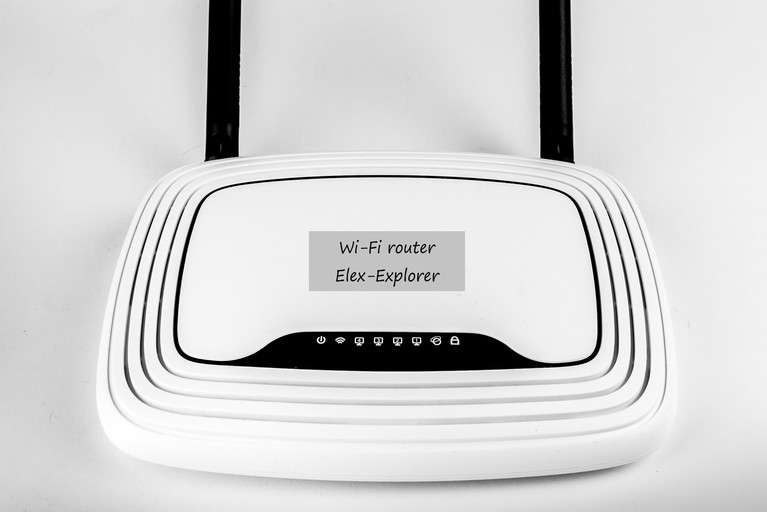
Wi-Fi router
The Wi-Fi router received a data stream packet from the internet network and transmit these data streams as radio signals. These radio signals have been received by Wi-Fi-enabled devices such as smartphones, laptops, and tablets.
A standard Wi-Fi router has a range of internet-connected devices like personal computers, smartphones, tablets, smart TV, and more. With a Wi-Fi router, these paired devices form a network. A typical router directs incoming and outgoing internet traffic on that network rapidly and efficiently.
Units of Wi-Fi router:
- Mainboard
- Antenna for 2.4 and 5 GHz
- Power supply unit
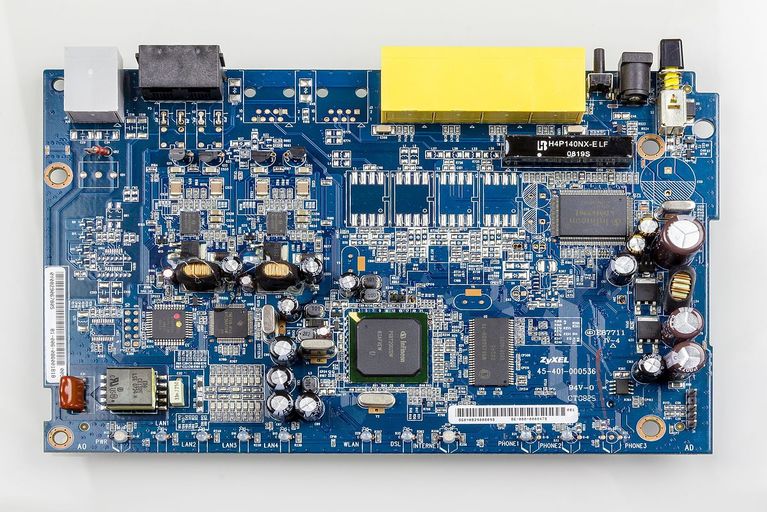
Main board of Wi-Fi router
Mainboard:
The mainboard is similar to the motherboard of a computer. It has all hardware interfaces like Ethernet ports to connect with ISP (Internet Service Provider) and computer, power input socket, 2.4 GHz, and 5 GHz antenna connectivity, etc.
The mainboard has a central chip that runs the operating system of the router. The chip companies provide the manufacturer a software development kit (SDK) from which they can build a router from. Several manufacturers can build their management tools on top of SDK and enhance as much as they like within the scope of the development kit.
There are mainly two types of the operating system that sit under software development kit. The first one has low cost and lower specifications. These are designed to work on the system with limited specifications and also with limited functionality.
When things get bigger and more complex the chips end up using the second operating system, which is a custom version of Linux built by chip manufactures.

Wi-Fi router antenna
Antenna for 2.4 and 5 GHz:
An antenna is a metallic structure that captures and/or transmits radio electromagnetic waves. Antennas come in several shapes and sizes from little ones to big ones.
A Wi-Fi router contains two kinds of antenna. The first antenna operating frequency is 2.4 GHz whereas the second antenna operating frequency is 5 GHz. If your Wi-Fi router supports both frequencies then it has two antennas but if it does not support both frequencies then it will contain only one antenna.

Power supply adapter for Wi-Fi router
Power supply unit:
Most of the Wi-Fi routers use a power adapter for their power supply. Whereas most of them have Li-ion batteries to provide power supply during power failure.
Next-generation of Wi-Fi router:
It is an interesting part of this discussion. Upcoming Wi-Fi routers should have the below-supercharged features:
More Speed:
In the upcoming generation of Wi-Fi routers will have at least 6 times faster than present Wi-Fi routers. In simple words, you will be able to stream multiple Blue-Ray quality videos simultaneously.
Large coverage area:
Better reliability and high speeds will be there at a greater distance from your Wi-Fi access point. So you will be able to connect in more places
High capacity:
Next generation of Wi-Fi routers will have a high capacity it means you can connect multiple users with your Wi-Fi network without any compromise in speed.
Long battery life:
These upcoming generation routers will able to transfer data at a high-speed rate so your devices use less power and last longer between charges.
These are the present expectation from Wi-Fi routers. But in the rapid innovation era Wi-Fi will be extinct soon because of an emerging technology known as ‘Li-Fi’.
About Li-Fi:
With the growth in digital designing and manufacturing technology, Li-Fi will be the next boss of high-speed data transfer. Unlike Wi-Fi, which uses radio waves to transmit data, Li-Fi transmits data using the visible, ultra-violet, and infrared light spectrum.
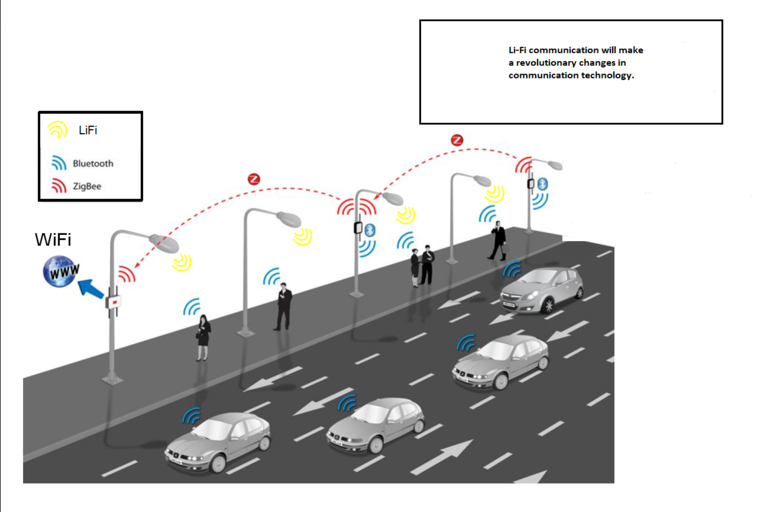
Wireless communication using Li-Fi, Wi-Fi, Blouetooth and Zig Bee
This technology works by switching LED bulbs at high speeds unnoticeable to the human eyes.
The main benefit of Li-Fi communication is that it cannot penetrate walls, which makes it much secure from outside interference and hacking.
It also provides much more bandwidth than Wi-Fi. Several types of research are still going on to improve Li-Fi communication. Let’s hope for the best.
Thanks for reading. See you soon with another exploration!

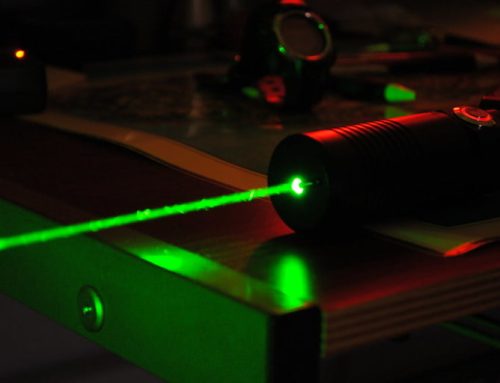


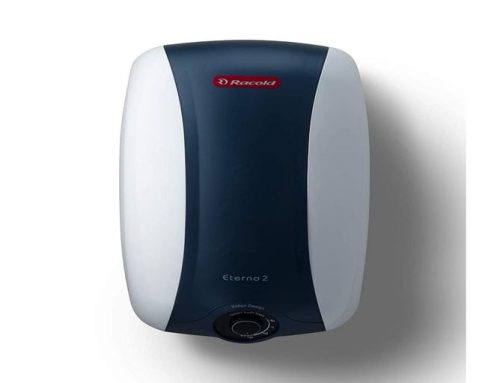

[…] part of your smartphone. You can control your thermostat by using wireless connectivity like WiFi or […]
[…] can control or schedule your showers from anywhere and at any time via wireless connectivity like WiFi. Just think about how convenient it would be to just schedule a hot shower before going home. This […]